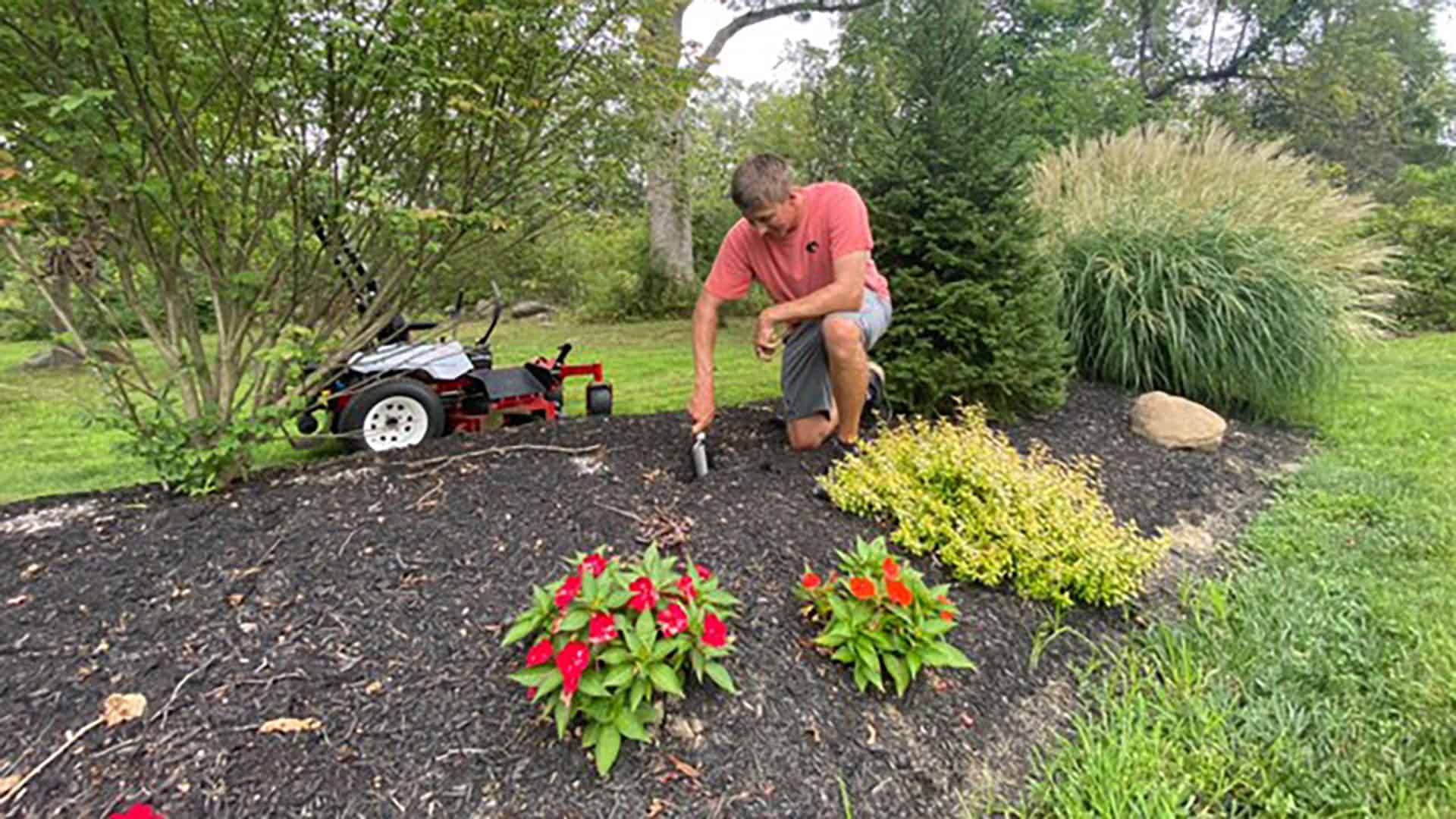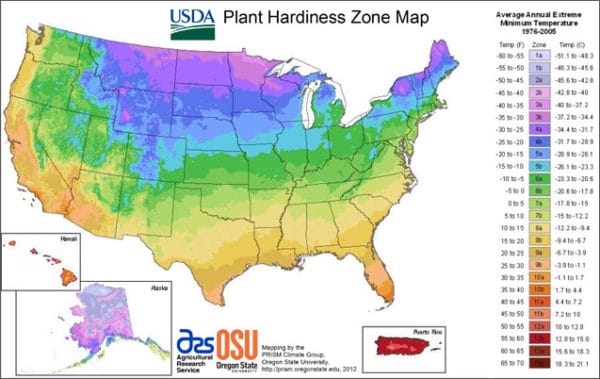
Fall bulb planting is a simple, rewarding and cost-effective gardening technique popular with flower lovers for both spring and summer blooms. As summer flowers wind down this fall, and you prepare your backyard for autumn and the next growing season, environmental scientist and pro bass angler Grae Buck provides tips on planting fall bulbs such as Daffodil, Crocus, Hyacinths, and Tulips that’ll lead to beautiful springtime flowers.
When to Plant Bulbs
Grae suggests planting fall bulbs for spring blooms once your soil temperature is between 40 – 50 degrees, approximately six weeks before the ground freezes (zones 1-7). This timeframe varies by geographic area, however, as long as you can dig, you can plant fall bulbs. Chilling is critical for spring bloom success; if you live in an area where the soil may never get cool enough, (zones 8 -11), pre-chilling your bulbs in a cool place like a refrigerator is another option prior to planting. Planting too early isn’t ideal, either, as you don’t want the bulbs to sprout before over-wintering.

RECOMMENDED VIDEO:
Find Your Plant Hardiness Zone
When choosing what kind of plants to put down in their yard, most homeowners think of the what and the where. A beautiful plant in a prime location enhances curb appeal and even bragging rights. Less thought is given, however, to understanding your USDA plant hardiness zone, and all the ramifications that come with them. Watch this video to be sure you know your zone for gardening success.
Choosing Bulbs
Healthy flower bulbs are firm, and without mold or soft spots. The larger the bulbs, the more reliable they will be to bloom. When selecting bulb species, consider ones that are both adapted to your climate and soil conditions, as well as meet your available sunlight criteria and desired bloom color and characteristics such as height, smell and butterfly attraction. Consider planting bulbs in succession (species that will bloom for several months), starting with late winter/early spring blooms, all the way through early summer. This will ensure non-stop, showstopping color, as well as attract wildlife and pollinators to your backyard garden!
How to Plant Bulbs
Most importantly, Grae says you follow the planting instruction provided with the bulbs, as depth will vary by species. As a general rule of thumb, their holes should be two to three times deeper than the bulb height (plant pointy side up, and root side down). Break up the soil, remove any rocks, add fertilizer (or organic matter, if necessary), and cover. Tamp down the soil gently, then water the bulbs thoroughly and mulch lightly. Tamping helps to prevent critters from digging up the bulbs over winter; squirrels and mice can unfortunately be pesky bulb thieves. Wire mesh can be placed and staked down atop planting beds to prevent bulb thieves, and removed in the spring when you begin to see green growth.
Choose a planting location that receives at least six hours of sunlight per day. This is important to ensure successful bulb germination and blooming. Adequate drainage is also important, Grae says, as an area that remains saturated may result in rot and bulb failure if your soil doesn’t drain. Plant about five bulbs per square foot, as clustering them will create a nice visual appearance. Finally, Grae says to be mindful that many plant bulb species multiply, so consider planting bulbs several feet away from other established plants.
Following Grae’s fall bulb planting tips will help you turn your backyard bulbs on. Happy planting!



